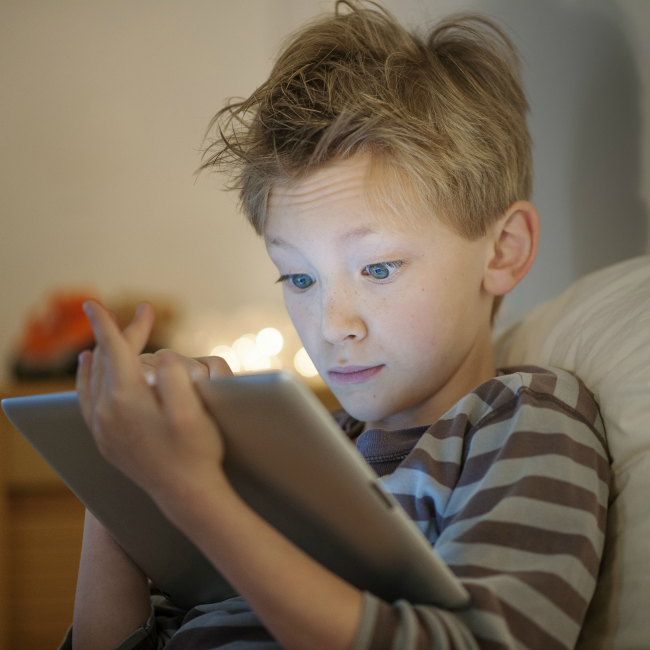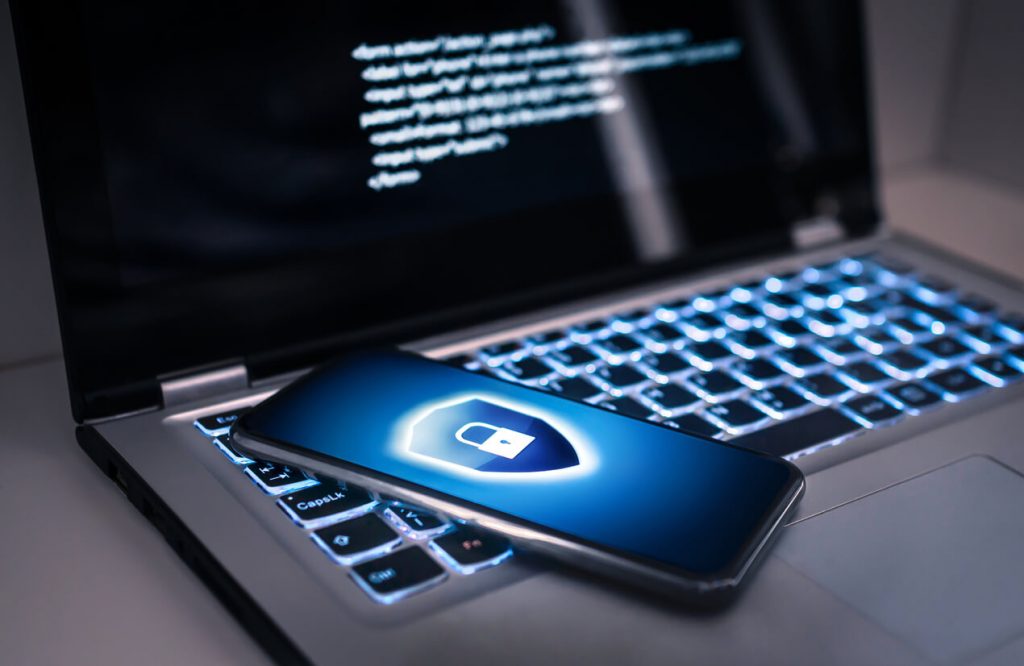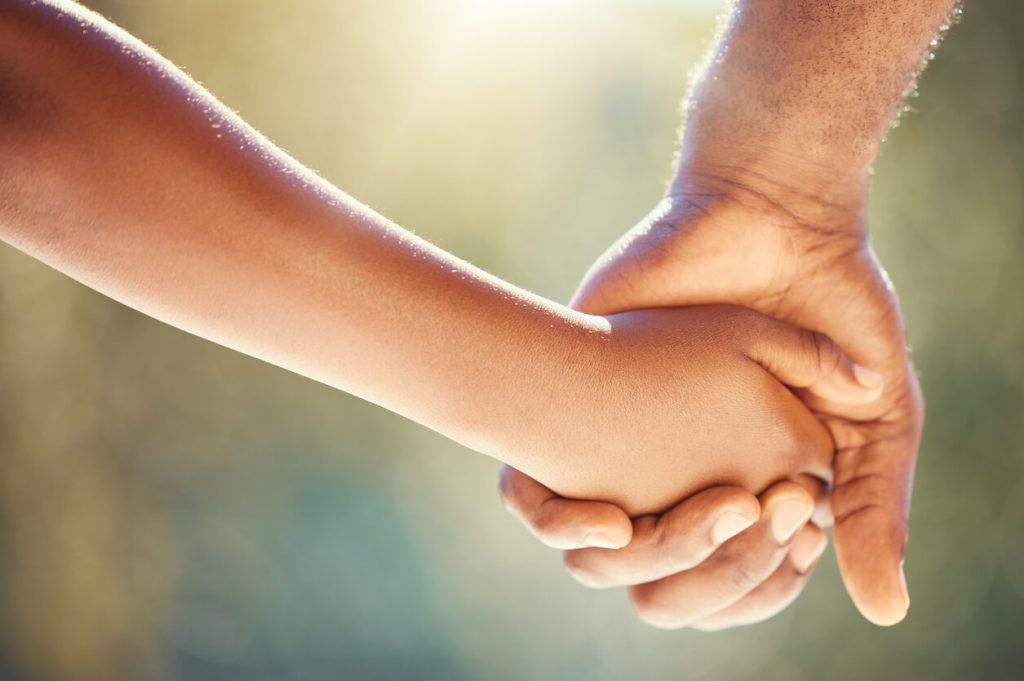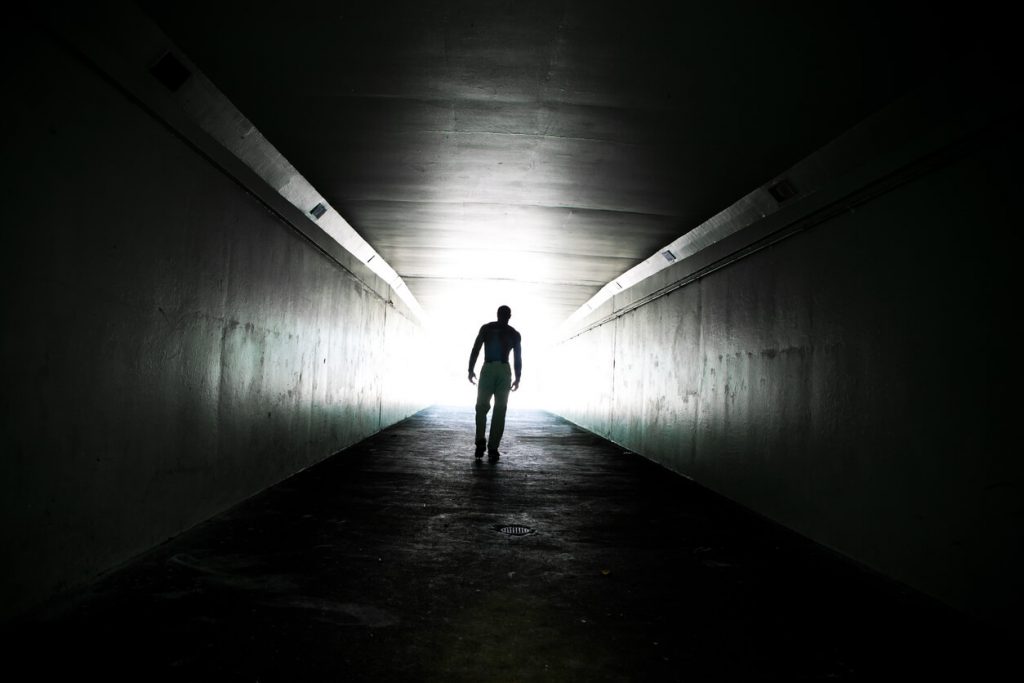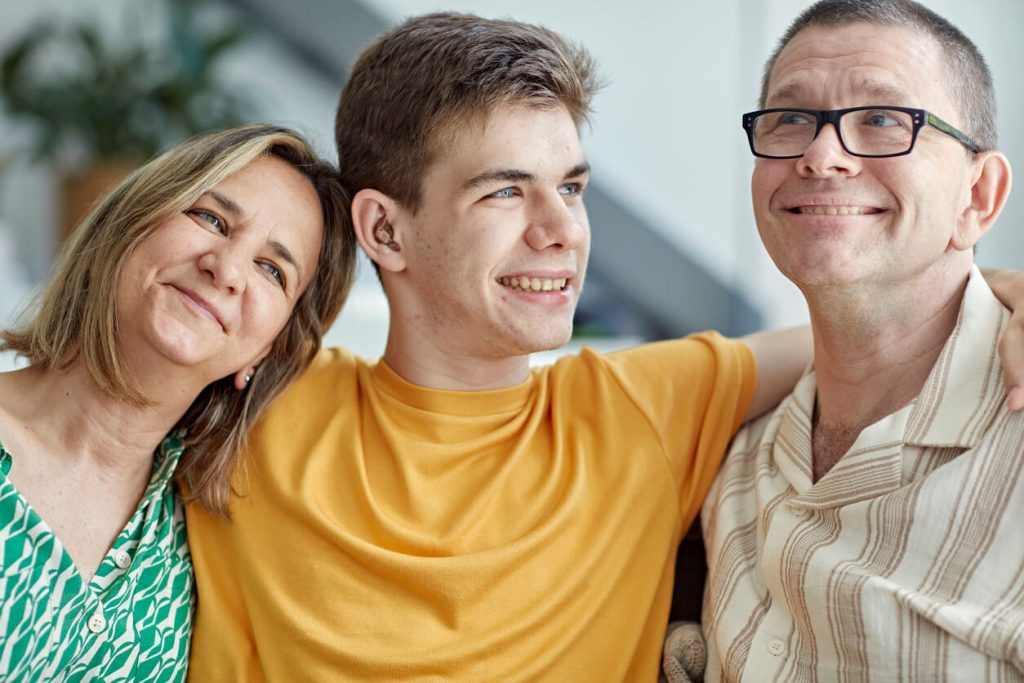The links in this post have been updated as of October 2020.
April is National Child Abuse Prevention Month. In light of that, Covenant Eyes wants to break this topic open and shed light on a few things–especially on how sexual abuse and pornography can interact with one another.
Sexual abuse is a difficult topic–especially for those who have been abused or know someone who has. It changes the lives of our children forever. It changes the family, relationships… it changes everything.
In this digital age, part of the difficulty is identifying the abusers. Predators are sneaky and manipulative. It really can be anyone, ranging from a relative to the man or woman on the other side of the computer screen.
In a traditional sense, we often think of child abuse as either verbal or physical. But, in the digital age, access to inappropriate content can shape a young mind in destructive ways.
Viewing hardcore pornography traumatizes a child, or anyone for that matter. Pornography frequently contains violence and rape. And, because the doorways to viewing porn are in more and more places, as parents, we must work extra hard to give our kids the right tools to know what to do when they see something inappropriate. For example, maybe you have taken precautions to have Screen Accountability on your child’s electronic devices, but what about access to electronics at a friend’s house? Have you had a conversation with the parents of any of your kids’ friends?
When a minor is exposed to and regularly views pornography, it increases the likelihood of promiscuity and curiosity at a young age. This opens the child up to being groomed–receiving special attention from someone which makes them feel good being able to act out what they’ve seen in pornographic videos or photographs. It is well documented that predators often use pornography in the grooming process.
As a parent, we believe you want the best for your children, and we desire to help you make connections that can protect your kids.
How you can protect your children
Parents and adults with children in your lives: take steps to have porn-free homes and lives both for the sake of yourselves and for your children. You don’t need to be tech savvy to be successful. In fact, the most critical tool to helping your kids learn how to avoid risky situations is having the right conversations. Creating an Internet safer home is possible, but it takes some action. Here are a few things you can do:
- Throw out all pornographic films, images, and romance novels in your homes–including in the den, garage, cabins, hunting stands, motor vehicles, or any other place it is hidden.
- Install Covenant Eyes Screen Accountability on all family devices.
- Have regular conversations with your child on hard topics like pornography and human sexuality. Here are a few great tools to help you get started:
- CMGConnect Parents: includes videos, a quiz to test your knowledge and more!
- Good Pictures Bad Pictures
- Wonderfully Made! Babies
- Share about the dangers of sexting.
- Educate other parents about the dangers of pornography and how to be attentive to their children’s online activities.
- Sign-up to receive Action Alerts from the National Center on Sexual Exploitation and take a stand to defend dignity!

